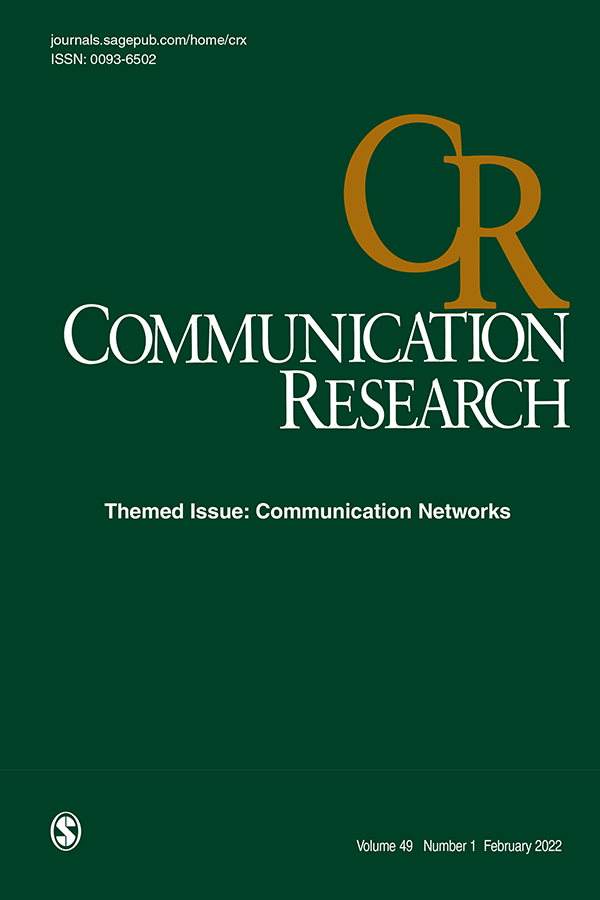组织间员工流动机制:2013 - 2022年沟通中教师离职的网络分析
IF 3.2
1区 文学
Q1 COMMUNICATION
引用次数: 0
摘要
组织争夺人才等稀缺资源。员工在组织之间的流动意味着流入方以牺牲流出方为代价获取资源。这项研究将员工从一个地方到另一个地方的流动理解为一个流动网络,其中有向边缘表示组织之间的流动。本文利用2013年至2022年美国129所大学终身制沟通教师流动的观测数据,研究了组织间流动网络的形成机制。结果表明,迁移流的生成是由传递闭包驱动的,而不是由循环闭包驱动的。社区凝聚力不是网络形成的驱动力。虽然低声望大学比高声望大学更有可能成为教师流动的来源,但在声望水平相似的组织之间通常会观察到流动。此外,教师在大学之间流动的概率随着地理距离的增加先降低后增加。本文章由计算机程序翻译,如有差异,请以英文原文为准。
Mechanisms for Employee Mobility Between Organizations: A Network Analysis of Faculty Turnover in Communication, 2013 to 2022
Organizations compete for scarce resources such as talent. The mobility of employees between organizations means that the inflow side acquires resources at the expense of the outflow side. This study understands employee turnover from one place to another as a mobility network where directed edges indicate migration flows between organizations. Using observational data on the turnover of tenure-line communication faculty in 129 U.S. universities from 2013 to 2022, this paper investigates the formation mechanisms of the interorganizational mobility network. The results show that the creation of migration flows is driven by transitive closure, but not by cyclic closure. Community cohesion is not a driving force of network formation. While low-prestige universities are more likely to be sources of faculty mobility than high-prestige universities, migration flows are commonly observed between organizations with similar levels of prestige. Additionally, the probability of faculty mobility between universities first decreases and then increases with their geographic distance.
求助全文
通过发布文献求助,成功后即可免费获取论文全文。
去求助
来源期刊

Communication Research
COMMUNICATION-
CiteScore
17.10
自引率
0.00%
发文量
20
期刊介绍:
Empirical research in communication began in the 20th century, and there are more researchers pursuing answers to communication questions today than at any other time. The editorial goal of Communication Research is to offer a special opportunity for reflection and change in the new millennium. To qualify for publication, research should, first, be explicitly tied to some form of communication; second, be theoretically driven with results that inform theory; third, use the most rigorous empirical methods; and fourth, be directly linked to the most important problems and issues facing humankind. Critieria do not privilege any particular context; indeed, we believe that the key problems facing humankind occur in close relationships, groups, organiations, and cultures.
 求助内容:
求助内容: 应助结果提醒方式:
应助结果提醒方式:


